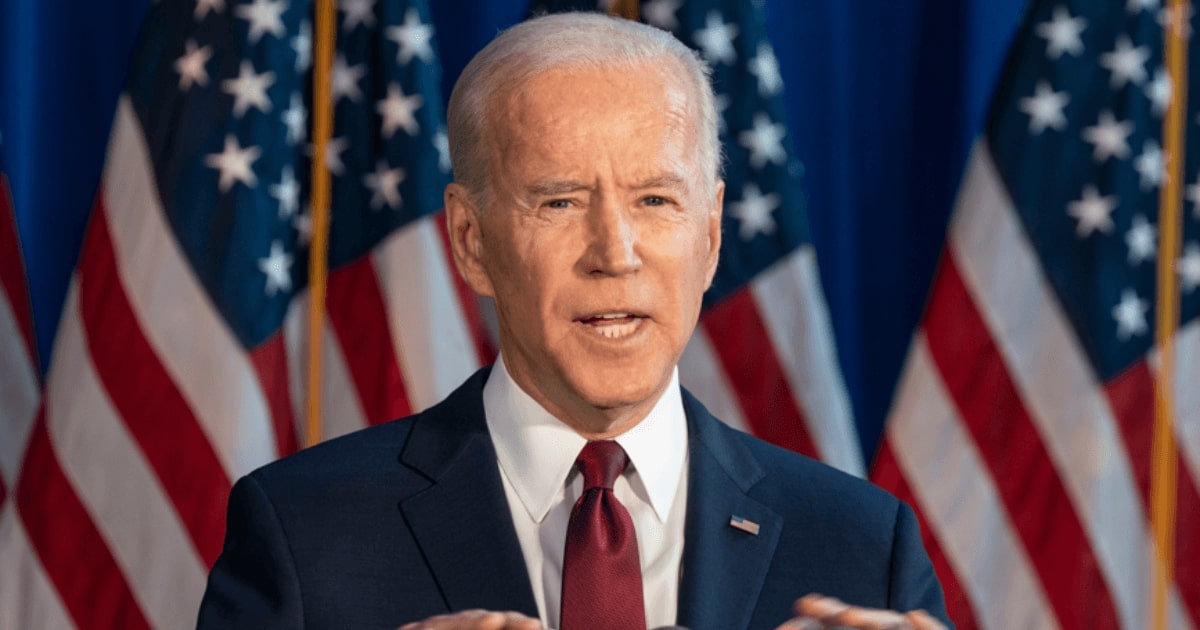Biden Vs. Xi: The Global Battle for Restoring Domestic Economic Balance
How the fight against inequality at home unites — and separates — Biden and Xi Jinping. And who seems to have the upper hand.
November 3, 2021

The United States and China have a problem that is shared by both countries in a similarly spectacular and worrisome fashion – the burgeoning inequality at the heart of their societies.
While inequality has also been on the rise elsewhere, the world’s two largest economies suffer from it more acutely than the rest.
Unequal rise
It wasn’t supposed to be like this. After all, the growth of their economies over the past 20 years was supposed to lift all “boats”. It hasn’t.
Combatting this development and in particular bolstering the welfare of the middle classes are key priorities for both Joe Biden and Xi Jinping. They know that their respective personal political futures are at stake.
Biden’s U.S. and Xi’s China are after the same goal
The former is a democracy (where votes matter) – while the latter is a dictatorship. There, it is not votes, but public opinion that matters (even if it is not made public).
The U.S. President refers to defending the middle classes, the Chinese President advocates for “common prosperity.”
Both seek to restrict the power of big firms, especially on big tech, in what has become an increasingly political matter in both countries (although Silicon Valley is predominantly allied to the Democrats).
Pitted against one another
Trouble is the consequences of Biden’s and Xi’s respective policy prescriptions are pitting the two against each other. Biden wants to brings manufacturing jobs home, Xi wants to keep and develop them in his country.
For Biden, the fight against inequality involves, among other things, the Buy American slogan, with shades of Trump’s America First.
And it involves re-shoring, i.e, the return of jobs that had previously left (although many are being replaced by machines and computers).
Protectionist tinge
All of these steps have a protectionist tinge, whether explicit or concealed. The Biden Administration advocates trade and investment protectionism (although many U.S. investors do not adhere to it). This is part of his foreign policy for the middle class.
A longstanding and basic question in global politics and the global economy is whether the growth of both middle classes (and of other regions), the Chinese and American can be compatible with one another. This also drives geopolitics.
Among the large economies, the United States and China are two of the countries after India with the greatest social inequality.
The most commonly used measurement is the Gini index, where a value of 0 represents total equality and 1 absolute inequality. The U.S. scores around 0.41, China 0.47, whereas the EU is more egalitarian at 0.38 and the OECD average is at about 0.35.
The Chinese situation is made worse by its ageing population and its class structure, with a society taking the form of an inverted pyramid.
The hollowness of Xi’s “common prosperity”
Ahead of the 20th Congress of the Communist Party, where he will be seeking re-election in the autumn of 2022 – possibly for life –, Xi Jinping has launched a slogan – and policy – of “common prosperity.” Xi is evidently keen on breaking the post-Mao consensus on placing time limits on the top job.
Xi’s toolkit includes increased taxes, greater contributions from high-income citizens, higher spending on social programs and education, stricter application of measures against large private monopolies and more egalitarian access to new technologies, which are being given unconditional support.
Although it does not mean a notable expansion of the Chinese welfare state or the nationalization of companies, Xi’s approach entails a new phase in the Chinese economic system, whether one prefers to label it “state capitalism” or “socialism with Chinese characteristics.”
Xi likely more effective
The net effect of this approach — large companies shedding market value in the process — seems to matter little to the Chinese President.
Meanwhile, Xi takes a more social approach to housing, puncturing the speculation underlying the crisis suffered by the property giant Evergrande.
However, it is still unclear how this situation can unfold is such a way as to avoid what happened in the U.S. and other countries, including Spain, in 2008.
Same goal, only much larger
Above all, though, Xi seeks to broaden and strengthen his country’s middle classes (currently numbering some 400 million, with the goal of increasing this to 800 million by 2035). Biden has the same stated goal, only Xi has to apply it to a much larger number of people.
As noted by the veteran China-watcher (and former Australian Prime Minister) Kevin Rudd, the fact that Xi Jinping is pursuing an increasingly redistributive approach to economic policy means that neither multimillionaires nor housing market speculators are tolerated as they once were in China.
The “fictitious economy”
In Xi Jinping’s ideology, all forms of speculative investment, particularly in real estate, are deemed part of the “fictitious economy.”
It is not just in Xi’s/communist China’s view that this economy has displaced investment in the “real economy” of manufacturing, technology and infrastructure.
The reason why Xi is adamant about reining in the “fictitious economy” is that he sees the “real economy” sectors as the ones that will seal China’s global economic dominance.
Intriguingly, these basic social considerations also feed into geopolitics and this century’s ongoing struggle for technological primacy between China and the U.S.
China takes action, where U.S. dithers
The Chinese regime under Xi is cracking down on private education centers and private classes at various levels, including a number of business schools (Jack Ma’s being no exception), although it remains to be seen if he succeeds. There is undoubtedly an underlying element of control and indoctrination.
Biden’s ambitious social program to restore balance in the U.S. economy – now reduced to US$1.75 trillion – initially included a notable extension of free education, an easing of university students’ debt and an increase in the minimum wage for some employees. Those measures now seem to be on the chopping block.
Biden has realized correctly that combatting these inequities is necessary in order for the Democrats to retain federal power in the mid-term elections in 2022, and eventually in the presidential and legislative elections in 2024.
With friends like this…
It is no surprise that the Republicans don’t want to have any part of this national healing agenda, as it would promote the Democrats’ political prospects.
What is surprising, though, is that Biden is being stymied by members of his own party.
Conclusion
No question, the fight against inequality is also becoming more important in Europe. This battle is part of the shift in the economic and social paradigm that is throwing the pro-wealth equilibrium of the last 40 years into question.
What is significant to recognize in the case of the United States and China is that, despite the structural similarities between Xi’s “socialism with Chinese characteristics” and Biden’s fight for the middle class, even if they were to solve it that would fuel their rivalry.
Overall, it seems as if China may have an advantage over the U.S. in this battle, as Joe Biden is being undermined not just by his political enemies, but also his supposed friends in politics.
Takeaways
The US and China have a problem that is shared by both countries in a similarly spectacular and worrisome fashion – the burgeoning inequality at the heart of their societies.
Bolstering the welfare of the middle classes is key priority for both Biden and Jinping. They know that their respective personal political futures are at stake
Trouble is the consequences of Biden’s and Xi’s respective policy prescriptions are pitting the two against each other. Biden wants to brings manufacturing jobs home, Xi wants to keep them in his country.
A longstanding question in global politics and the global economy is whether the growth of both middle classes, the Chinese and American can be compatible with one another.
Among the large economies, the United States and China are two of the countries after India with the greatest social inequality.
The reason why Xi is adamant about reining in the “fictitious economy” is that he sees the “real economy” sectors as the ones that will seal China’s global economic dominance.

